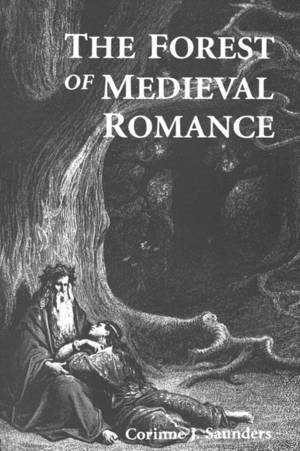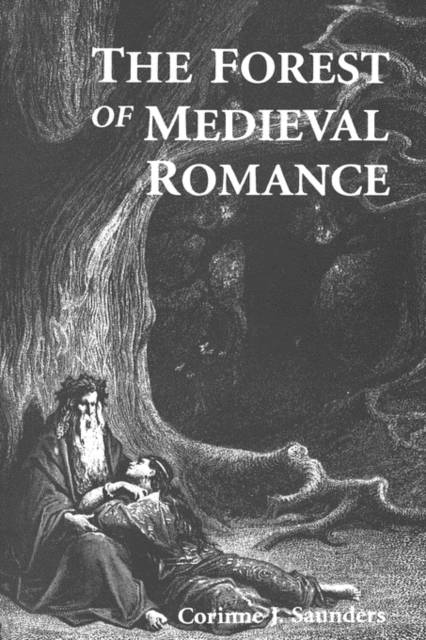
- Retrait gratuit dans votre magasin Club
- 7.000.000 titres dans notre catalogue
- Payer en toute sécurité
- Toujours un magasin près de chez vous
- Retrait gratuit dans votre magasin Club
- 7.000.0000 titres dans notre catalogue
- Payer en toute sécurité
- Toujours un magasin près de chez vous
The Forest of Medieval Romance
The Preservation of the Mkomazi Game Reserve, Tanzania
Corinne Saunders
Livre relié | Anglais
177,45 €
+ 354 points
Description
Traces the development of the forest as a central literary motif in medieval romance. Corinne J. Saunders's exploration of the topos of the forest, a familiar and ubiquitous motif in the literature of the middle ages, is a broad study embracing a range of medieval and Elizabethan exts from the twelft to the sixteenth centuries: the roman d'antiquite, Breton lay and courtly romance, the hagiographical tradition of the Vita Merlini and the Queste del Saint Graal, Spenser and Shakespeare. Saunders identifies the forest as a primary romance landscape, as a place of adventure, love, and spiritual vision... offers a pleasurable overview of the narrative function of the forest as a literary landscape. Based on a close comparative [and theoretically non-partisan] reading ofa broad range of literary texts drawn from the Europeqan canon, Saunders's study explores the continuity and transformation of an important motif in the corpus of medieval literature. MODERN LANGUAGE REVIEWDr CORINNE SAUNDERSteaches in the Department of English at the University of Durham. [BLURBEXTRACTED FROM TLS REVIEW] ...An immense tract, not only of medieval literature but of human experience [is] engagingly introduced and presented here...Corinne Saunders considers first forests in reality (a reality which keeps breaking through in romance...). She looks also at the classical and biblical models including Virgil, Statius and Nebuchadnezzar...only then does she turn tothe non-real and non-Classical, i.e. the medieval and romantic. Here she follows a clear chronological plan from twelfth to fifteenth centuries [also covering] the allegorized landscape of Spenser and the lovers' woods of Arden or Athens in Shakespeare. Her text-by-text layout does justice to the variety of possibilities taken up by different authors; the forest as a place where men run mad and turn into animals, a place of voluntary suffering, a focus ofsignificance in the Grail-quests, a lovers' bower; above all and centrally, the place where the knight is tested and defined, even (as with Perceval) created.
Spécifications
Parties prenantes
- Auteur(s) :
- Editeur:
Contenu
- Nombre de pages :
- 249
- Langue:
- Anglais
Caractéristiques
- EAN:
- 9780859913812
- Date de parution :
- 17-06-93
- Format:
- Livre relié
- Format numérique:
- Genaaid
- Dimensions :
- 156 mm x 234 mm
- Poids :
- 530 g

Les avis
Nous publions uniquement les avis qui respectent les conditions requises. Consultez nos conditions pour les avis.






